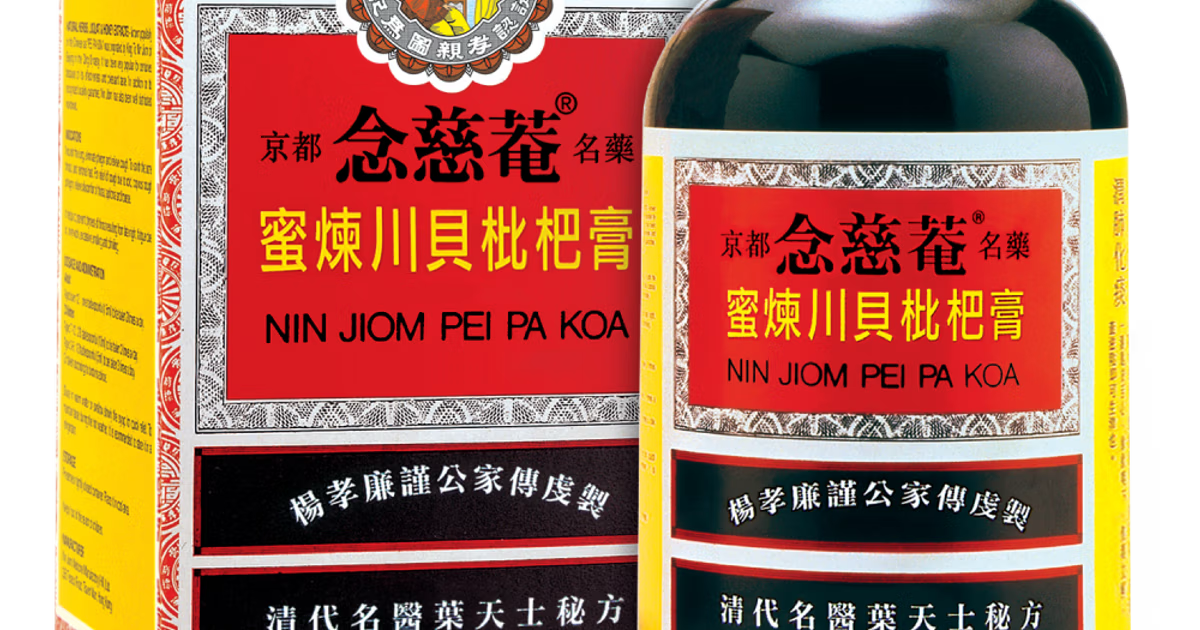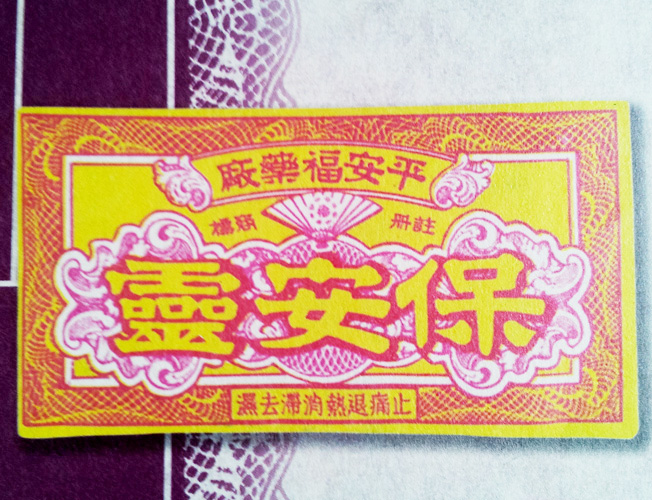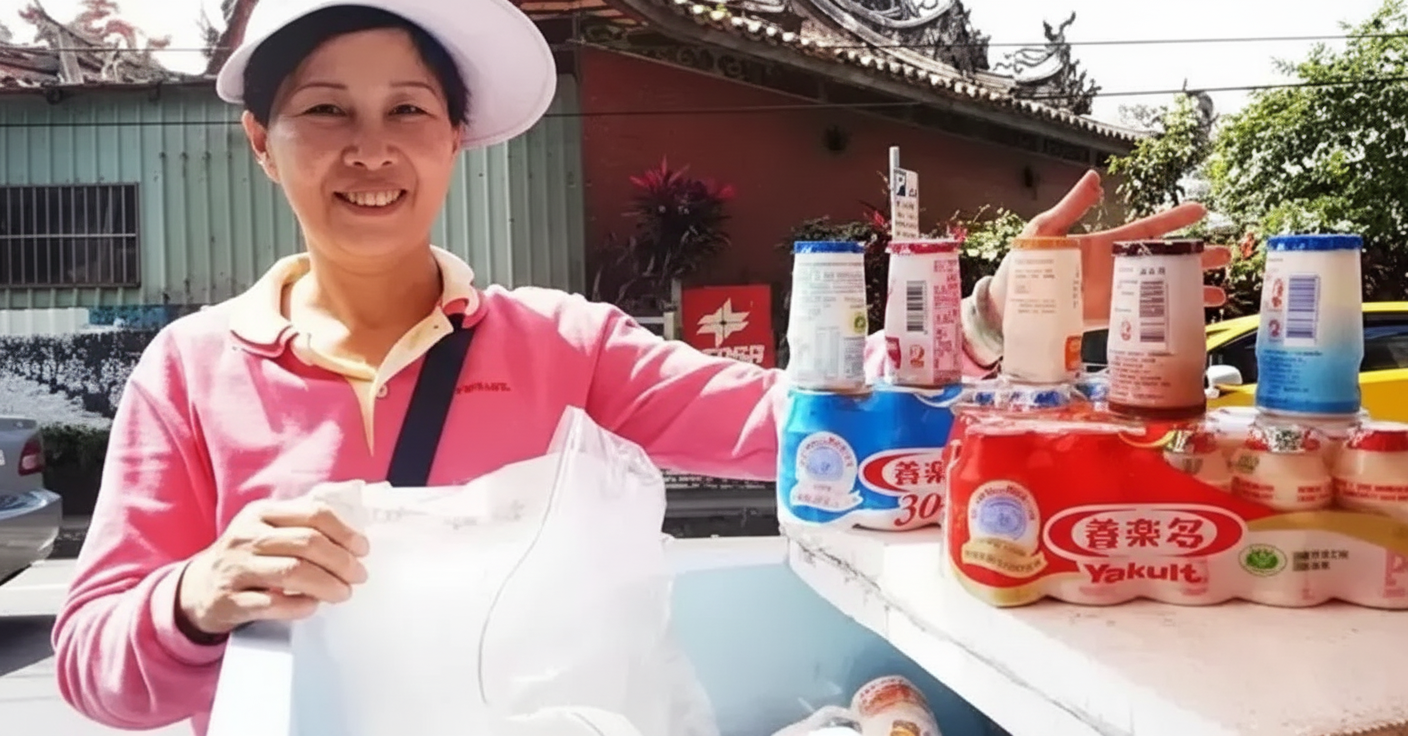Since the onset of the Covid-19 pandemic, gua sha (刮痧), a traditional Chinese practice that involves using a tool to scrape one’s body, has gained popularity as an at-home skincare technique in America.
Gua sha has been practiced in China since the Ming Dynasty (1368-1644) and is known to relieve muscle pain and improve blood circulation. Incredibly, more than 600 years later, the practice found its way to the West.
On TikTok, a before-and-after video of gua sha has been viewed more than 11.8 million times. Meanwhile, influencers have started to share their gua sha routines on YouTube.
@harperkaminski thank god for chinese medicine!!! i’m in love with my gua sha now #guasha
Moreover, Western beauty stores and celebrities have jumped on the trend and started endorsing gua sha or selling its tools. For example, American dancer and actress Maddie Ziegler includes it as one of her beauty secrets in a video with Vogue and Australian model Miranda Kerr’s skincare brand Kora Organics sells a rose quartz tool for 58 USD.
So what is gua sha, and why do people do it? We spoke to Chinese medicine practitioners Chen and Sandra Lanshin Chiu, respectively based in China and the US, about the history, effectiveness, and cultural debates surrounding it.
Gua Sha Explained
“The conventional wisdom is that after gua sha, even if you are not 100% cured, it can improve your symptoms,” Chen, who is based in Shanghai, tells RADII.
According to Chen, the redness of the skin after being scraped is called ‘sha.’ Generally, your skin will turn red after being intensely rubbed if there are toxins stored beneath surface level.
“Gua sha has been practiced in China for hundreds of years. In ancient times, medical technology was not advanced, so people used gua sha to cure themselves,” Chen says.
In the distant past, people could only use coins as skin scraping tools. But as technology developed, myriad materials were adopted, notably jade and buffalo horn.

Gua sha tools traditionally used on one’s back
One of the most common tools, according to Chen, is made of buffalo horn and can be used to release toxins and ‘heat‘ in the body.
Chen continues, “On the hottest day of summer — that’s when most people come to gua sha, because it can release heat and help you to sleep better.”
Youth Embrace Ancient Practice
Chen grew up under the influence of his grandfather, a Chinese medicine practitioner during the Chinese civil war. His own medical journey began at a Chinese medical school in 1997, and he has been practicing gua sha ever since.
He currently works at Yuhetang, a traditional Chinese wellness center in Shanghai. Most customers who request the gua sha treatment usually do so because they feel sick and range in age from 25 to their 30s.
“Generally speaking, when people come here, they are trying to fix something,” Chen tells RADII. “Some common issues they have include spinal and lower back pains.”
He also shares that most female customers seek out gua sha to relieve period cramps and improve their menstrual cycle.
Although the practice traditionally involves back scraping, it has gained popularity in the West for facial sculpting — a considerable variation from its traditional uses in China.
“Gua sha on the face is more like a beauty practice,” confirms Chen. “It is different from gua sha on the back.”
According to Chen, tools made from buffalo horns are commonly used for the back, whereas jade materials are preferred for the face.
Gua Sha as a Cultural Practice
Many in the West have highlighted the depuffing and sculpting effects of facial gua sha. Yet, the traditional way has received relatively little attention. Some argue that the cultural root of the practice has become lost since folks in Western nations embraced it.
For Sandra Lanshin Chiu, founder of NYC-based healing studio Lanshin, which specializes in traditional Chinese medicine (TCM), witnessing the practice’s growing popularity in America has been bittersweet.
“I absolutely love that so many people today are loving, enjoying, and gaining benefit from TCM modalities,” Chiu tells RADII.
“I am, however, surprised to see how much the popularity of gua sha in the West has caused the practice to lose connection to its Asian roots and the accurate principles of TCM,” she adds.
Many fail to acknowledge its Chinese roots, says Chiu, who grew up experiencing gua sha and received formal training in the practice.
“I had someone tell me that they thought the cosmetic industry invented the term,” says Chiu. “They didn’t know it’s a Chinese term.”
Moreover, Chiu shares that since gua sha became popular in America’s beauty and wellness industry, many media outlets have only focused on non-Asian brands, further obscuring its cultural heritage.
The Asian community has been constantly under attack in many Western countries during the ongoing pandemic, yet the traditional Chinese practice has been simultaneously embraced.
“Non-Asian brands that sell gua sha but don’t say a word about the growing racial violence against people from Asian cultures living in the West don’t deserve to sell its tools,” she says.
Nonetheless, she emphasizes that promoting gua sha and other TCM practices could be a much-needed opportunity for others to learn more about Asian cultures.
She attributes a lack of understanding about Asian people to “so much of the anti-Asian sentiments.”
“Understanding the ways Asian healing practices bring benefit to health and well-being presents a beautiful way to connect with Asian culture, and hopefully appreciate the AAPI people.”
Cover images via YouTube screengrabs. Banner compiled by Zhuohan Shao
















